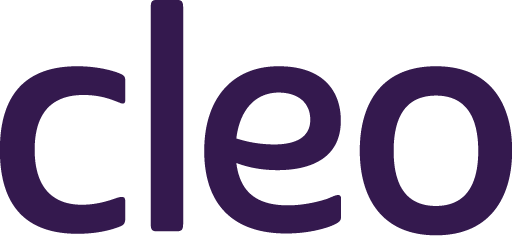Our recent webinar Unlocking the Value of Cleo: Empowering employees and driving organizational success was chock-full of useful and thought provoking tidbits for HR Benefits Leaders—especially those looking to assess which benefits to invest in, and how to work to prove their return on investment.
Josh Freund, Senior Benefits Manager at Genentech, helped to highlight three key takeaways for Benefits Leaders to take into consideration:
#1 Equity is one of the most important elements to consider.
How many different types of employees work at your organization? How many different positions do they occupy? How many different types of races, ethnicities, economic levels, geographic locales, genders, or family compositions are spread across them?
Now think about how difficult it would be, with your limited benefits suite, to find a benefit offering that would help support the widest swath of those employees. For example, when people think of “family benefits,” most often people think of fertility benefits. But fertility benefits are estimated to serve 2% of an employee population on average.
The most successful benefits — the biggest bang for your buck — will come from benefits that are the most equitable across your employee population.
#2 Caregiving impacts nearly everyone, across all demographics.
Caregiving is an all-encompassing scenario. Caregiving knows no bounds across various differences of your employee base — anyone can become a caregiver to a child or adult. Many times, especially these days, employees are both.
It’s clear that the “burden” of caregiving — because with the responsibility involved, it can, indeed, feel like a burden — can cause all sorts of issues that affect the workplace. Absenteeism, poor sleep, poor mental health, and distraction are just a few of the issues that employers can really feel when their employees don’t get the support they need.
“I mean, look. Your employees are smart. Companies can talk about work/life balance all they want to,” said Josh. But if you’ve got a kid coming home from school, and you’ve got to take care of that kid, or if you have a parent who tripped and fell and and has trouble moving around in their house comfortably — I’m sorry, but how realistic is it, without support for your employee, to take care of of that event or that need, and then show up to work?”
The question that employers need to ask is, “How are we ensuring that people can show up to work and have all of the support they need to feel that they’re supporting their families and themselves, too?”
#3 Build the data evidence — but make your case however you can.
Genentech and Cleo are currently partnering to crunch the numbers and calculate a specific, quantifiable ROI. As Josh put it, “We don’t currently have that data today — that’s what we’re building. But what I do know is that there is a business impact of caregiver leave of absence on our organization. That is something we know today. We hear it from the business all the time. If somebody is out on a manufacturing line, it is very impactful to the productivity of not just that person, but to the entire team.”
Part of the challenge is knowing what employees need when they need it. Some employees who are caregivers — especially for adults — wouldn’t necessarily call themselves caregivers yet. Or some parents don’t fully comprehend exactly how, exactly, being a caregiver is affecting their work or mental health. That’s why elements of Cleo, such as its full spectrum offering or its Family Health Index, helps put that into perspective for employers, so that their benefits work for them by helping to solve issues before they become workplace-affecting problems.
“As a benefits manager, you have to interpret some — and look, as somebody who loves data and loves data credibility, this is really hard for me to say,” said Josh. “But if I hear from 10 employees who say that they have caregiver burden, I’m assuming that each of those 10 employees is representing a hundred people who didn’t speak up. And that might even be too low.”
